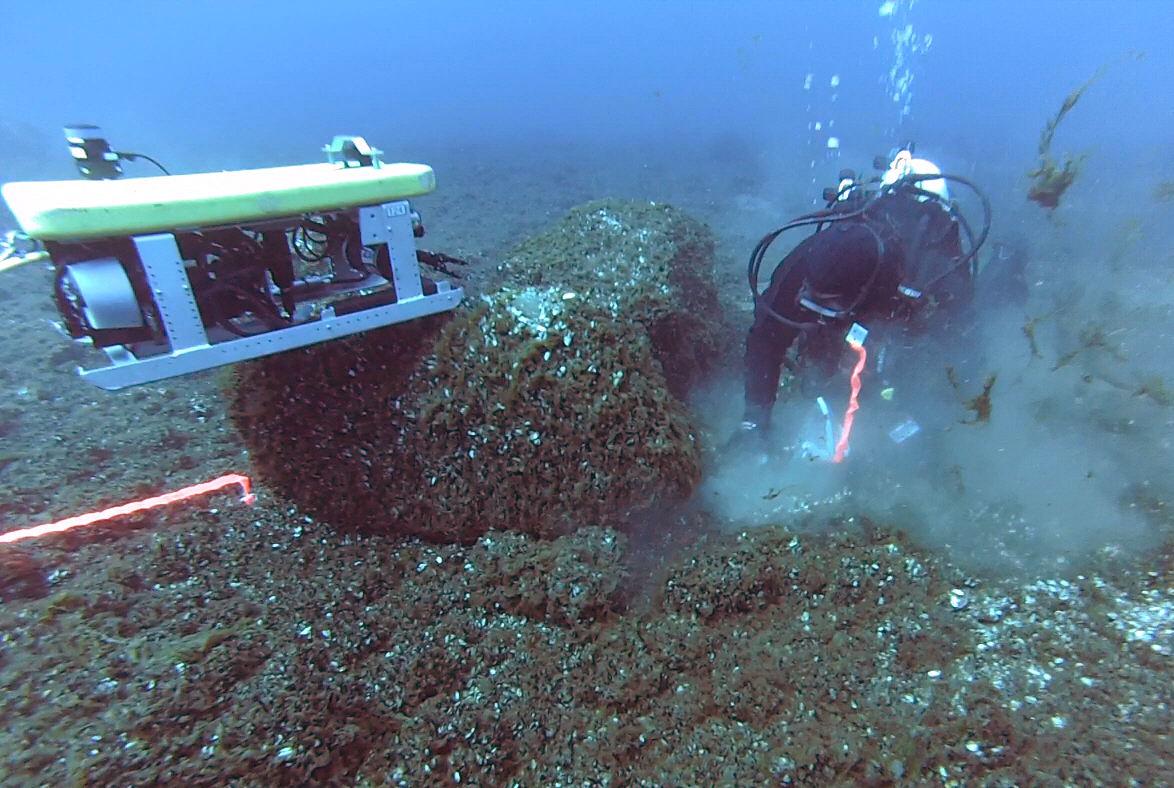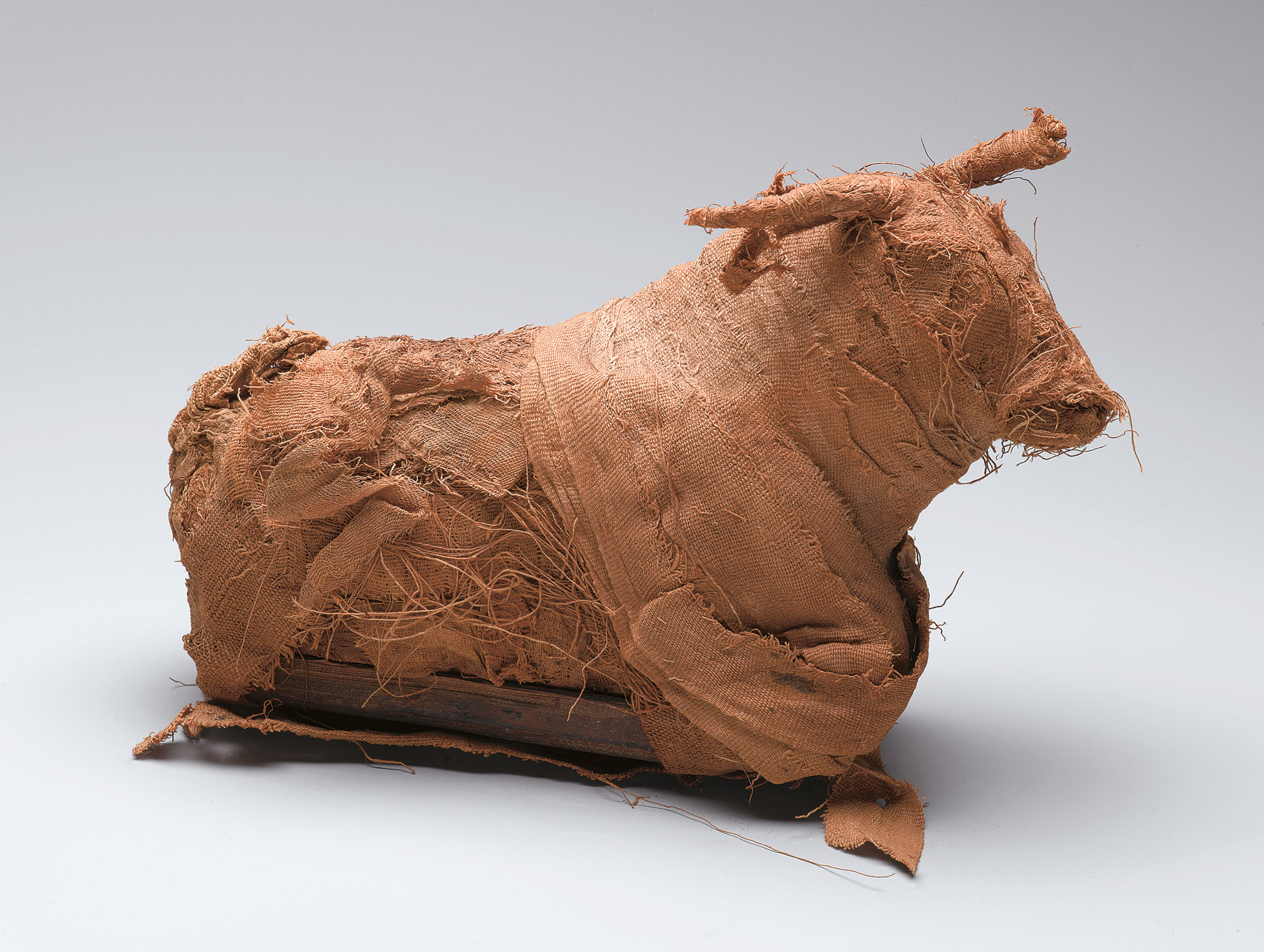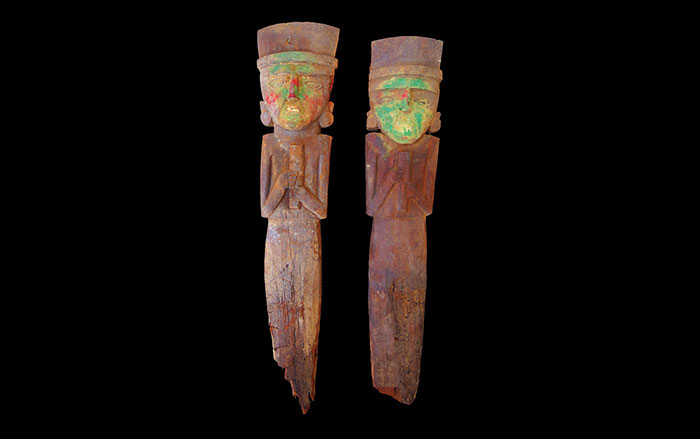
ANN ARBOR, MICHIGAN—Stone walls now on the bottom of Lake Huron were built by paleo-Indians to hunt the massive herds of caribou that migrated along the Alpena-Amberley Ridge 9,000 years ago, according to John O’Shea of the University of Michigan. At the time, the glaciers had retreated and exposed a subarctic environment of tamarack, spruce, and wetlands. “I’m imagining seas of animals going through here,” O’Shea told the Vancouver Sun. He has found more than 60 stone hunting blinds under water that could have been used by family groups, and two stone lines that form a lane that ends in a corral. Using this structure would have required large, seasonal gatherings of hunters. “It was a much more complex, much more organized, multi-part hunting structure. It was just unmistakable,” O’Shea explained.










